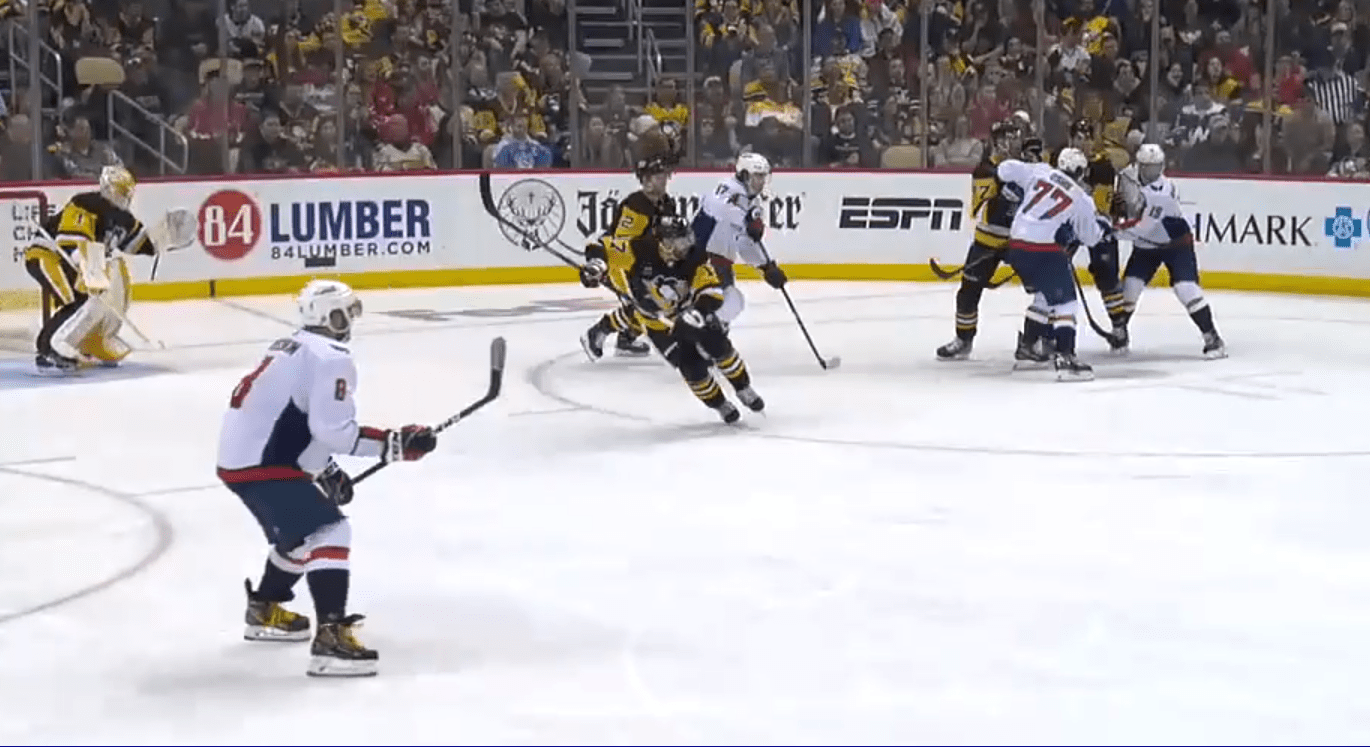Penguins
How Exactly Can Penguins’ Penalty-Killers Contain Ovechkin?

CRANBERRY — The Pittsburgh Penguins know exactly where to find Alex Ovechkin when the Washington Capitals have a power play.
They also are aware of precisely what he’s likely to do when a teammate slides him a pass, usually from the other side of the ice.
There’s nothing secret about any of it. The other 31 NHL clubs are aware of all that, too.
Good thing. Otherwise, Ovechkin might have long ago passed the 300 power play-goal milestone he will try to reach when the Penguins face the Capitals Friday at 7:38 p.m. at Capital One Arena.
Mind you, there’s no shame in having just 299 of them, since that’s more than anyone else in NHL history. Ovechkin has a 25-goal cushion on Hall of Fame winger Dave Andreychuk, who is second on the league’s all-time list.
Goal-scoring has been Ovechkin’s forte since he broke into the NHL in 2005; he has gotten 822 overall, and is a legitimate threat to break Wayne Gretzky’s record of 894.
Ovechkin has scored 39 in 72 career games against the Penguins, including 19 with the man-advantage, so they are keenly aware of the offensive threat he poses.
“He’s probably the most dangerous guy in the league on the power play,” Penguins winger Matt Nieto said.
While he could score anytime he steps onto the ice, Ovechkin is particularly menacing on the power play. He sets up near the top of the left circle — an area that has come to be known as his “office,” just as the one behind the net was labeled as Gretzky’s — and hovers until a teammate can feed him a puck, which he routinely lashes past the opposing goaltender. (Who generally should consider himself fortunate that the puck didn’t strike him.)
“You can’t give him an opportunity to rip the puck, because he doesn’t need much time or space to put it in the back of the net from his spot over there,” Nieto said.
If there were a guaranteed formula for neutralizing Ovechkin, especially when the Capitals have a power play, teams would have adopted it years ago.
Still, Pittsburgh Penguins center Lars Eller, his former teammate in Washington, suggested there is something they should try to do in that situation. And something they definitely should avoid.
“The best thing is to just be super-aggressive and try to take time and space away from the players who distribute the puck on the power play, so it never gets over to him,” he said. “Once it gets to him and he gets his shot off, you don’t want to be in that position, so the best way to stop it is before it even gets to him.”
He does not endorse the tactic some teams, including the Penguins, have employed at times assigning a penalty-killer to “shadow” Ovechkin.
“Some teams just put one player right next to him and stick to him,” he said. “But that opens up other avenues for the power play to explore. Washington has, over the years, figured out that if someone takes (Ovechkin), they’ll play 4-on-3 on the other half of the ice. That’s not an ideal situation.”
The Penguins’ penalty-killers got off to a solid start Tuesday against Chicago. The Blackhawks failed to score, and were limited to four shots, during four chances with the extra man.
“After that first (Chicago power play), we kind of synched as a unit,” penalty-killer Noel Acciari said. “We were able to shut them down pretty well.”
Nieto agreed, while pointing out that most of the penalty-killers are trying to adjust to a new system and partner.
“I thought that, overall, we did a good job,” he said. “I still think there are some things we can improve on.”
So does Mike Sullivan, although he allowed Thursday that the penalty-killers provided “some really good things to look at” against Chicago.
“I think that over the course of time, we’ll become more instinctive,” he said. “There will be less thinking (before acting) because we’ll build some habits into these guys and they’ll have the ability to learn one another’s tendencies.”
Acciari said that keeping the same penalty-killing partner can accelerate that process.
“The more consistently you are with that same player you’re paired with … just reading off each other,” he said. “I think it’s going to happen sooner than later.”
The Pittsburgh Penguins finished with the 16th-rated penalty-kill in the NHL last season when, not coincidentally, they missed the playoffs for the first time since 2006. Their objective for 2023-24 is to finish considerably higher in those rankings. And, in conjunction with that, in the standings.
“You want to be top-five in the league, if you can,” Acciari said. “Top-five, that’s a playoff penalty-kill. That will take you far.”












